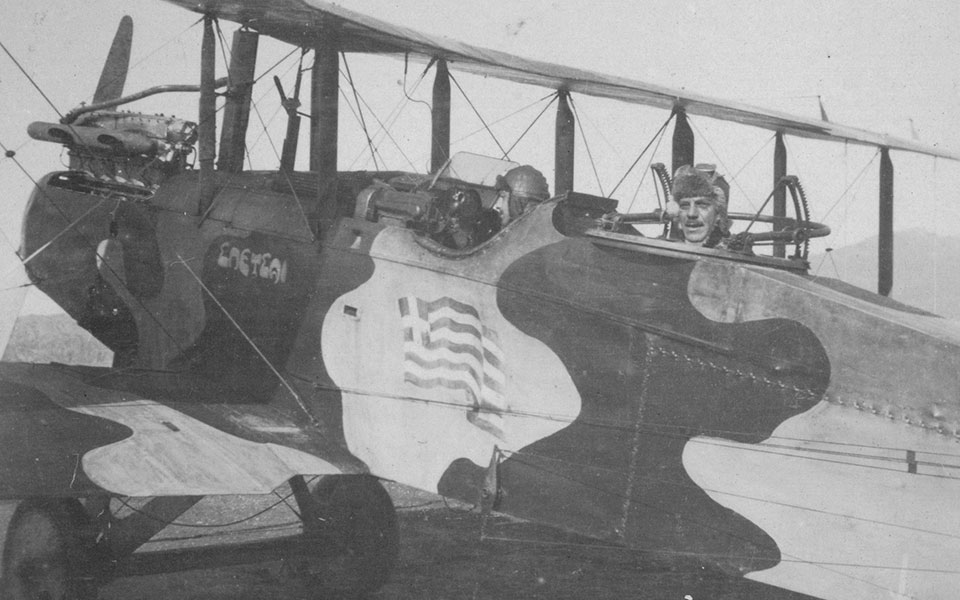There is a surprising amount of unpublished archival material, particularly from amateur photographers, chronicling the 1919-22 Greco-Turkish War.
Last month, however, the National Bank of Greece Cultural Foundation (MIT) presented a fine collection of photographs titled “Stergios Stergiou: Kios 1921-22”. And now another amateur photographer from that time, Dimosthenis Kyrmizakis, is the subject of a new coffee-table book.
“Asia Minor Campaign 1919-1922: A Photographic Journey,” recently released by Koukkida Publications, brings together such recently discovered material.
Kyrmizakis was born on Crete in January 1892, the son of a cultivated and wealthy textile merchant. Crete was, of course, under Turkish occupation at the time and the 1897 insurrection led the Turks to torch almost every business owned by Christians.
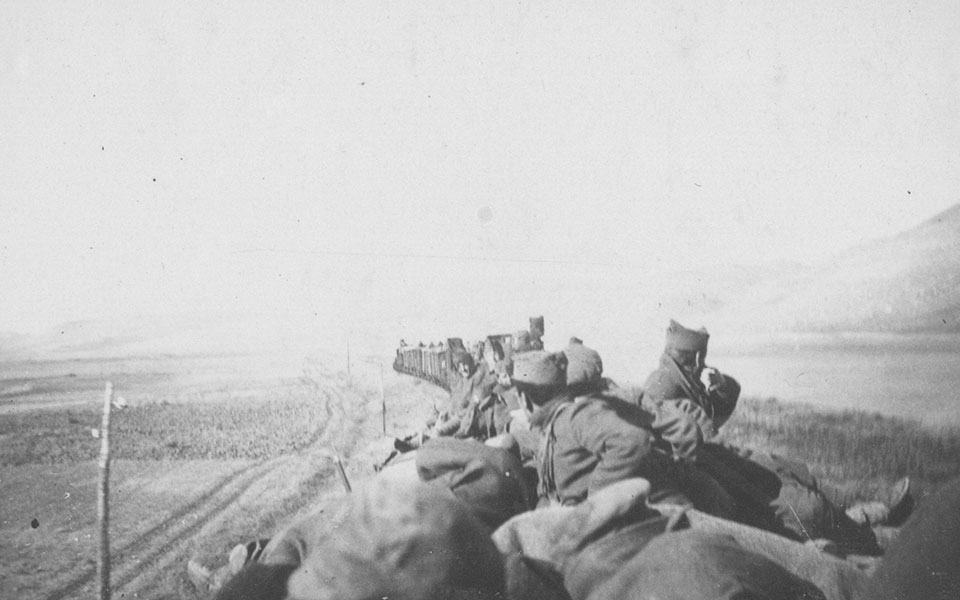
As this was the third time that the family’s store had been destroyed, Kyrmizakis’s father decided to move his family to Athens, where the danger had more or less passed.
Kyrmizakis went on to get a degree as a surveyor in Munich and also to learn Italian, German and French, but photography was his greatest passion. As photography historian Nina Kassianou writes in her extremely informative introduction to the book, no one knows how Kyrmizakis became involved in photography as a young man.
We do know, however, that in 1916 he was a reserve in the Greek army’s Geographical Service, ending up in Smyrna (present-day Izmir) three years later.
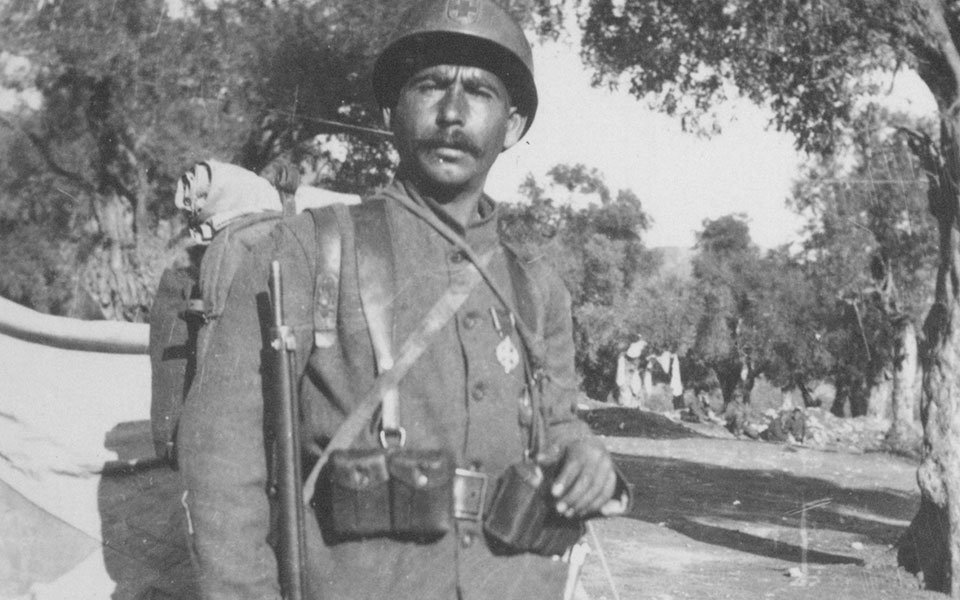
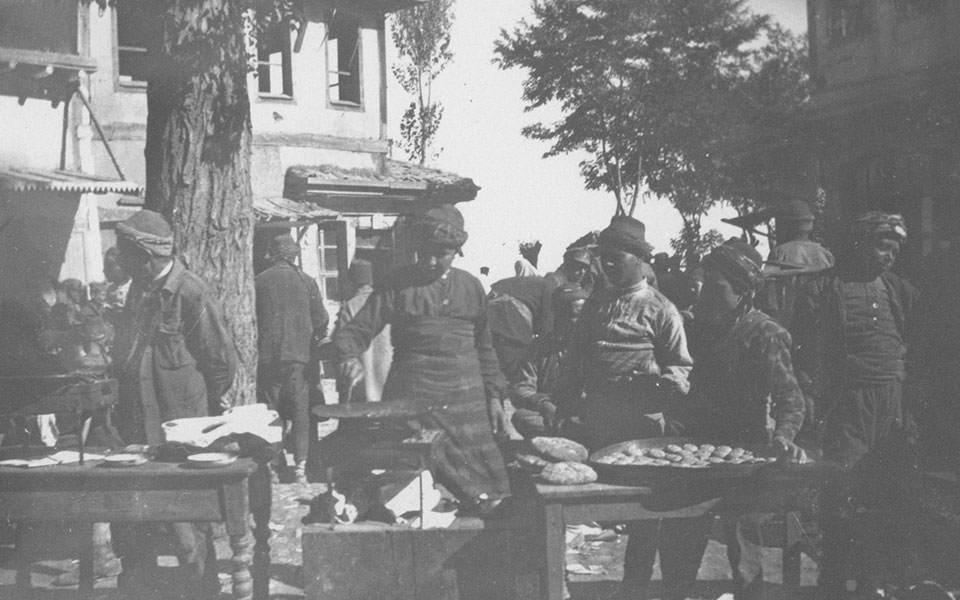
The first photographs we have of his are dated April 1919, when we see him boarding the destroyer Themistoklis near Eleutherae in northern Attica for the long journey to Asia Minor.
The ship docked in Smyrna on May 2 and Kyrmizakis kept a journal throughout the journey. He also took a multitude of photographs.
The entirety of the material he left was compiled into six albums divided into chapters that are not exactly in chronological order but do recount events during the war as the young photographer experienced them. He was extremely fastidious about pasting photographs in his diary and adding captions.
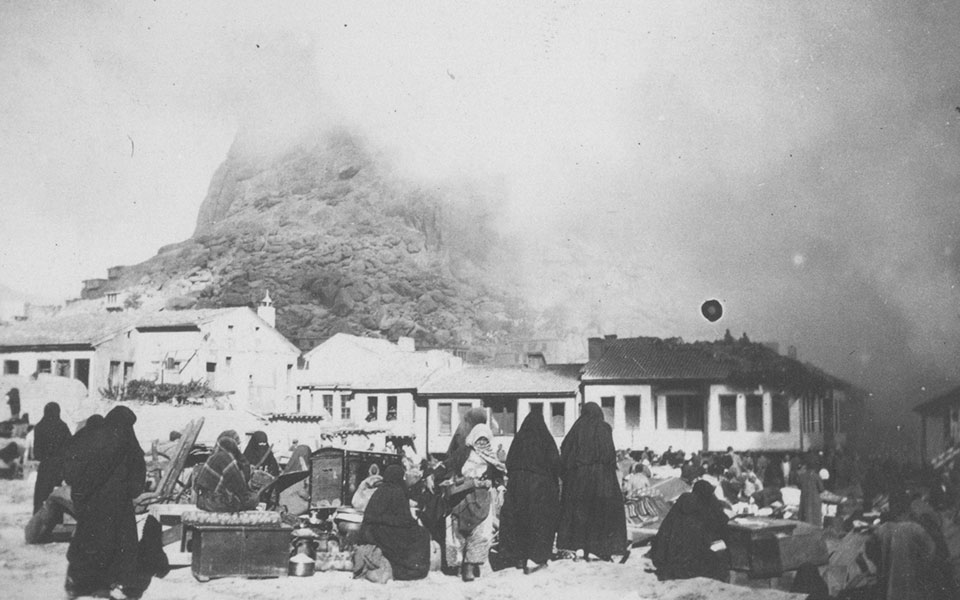
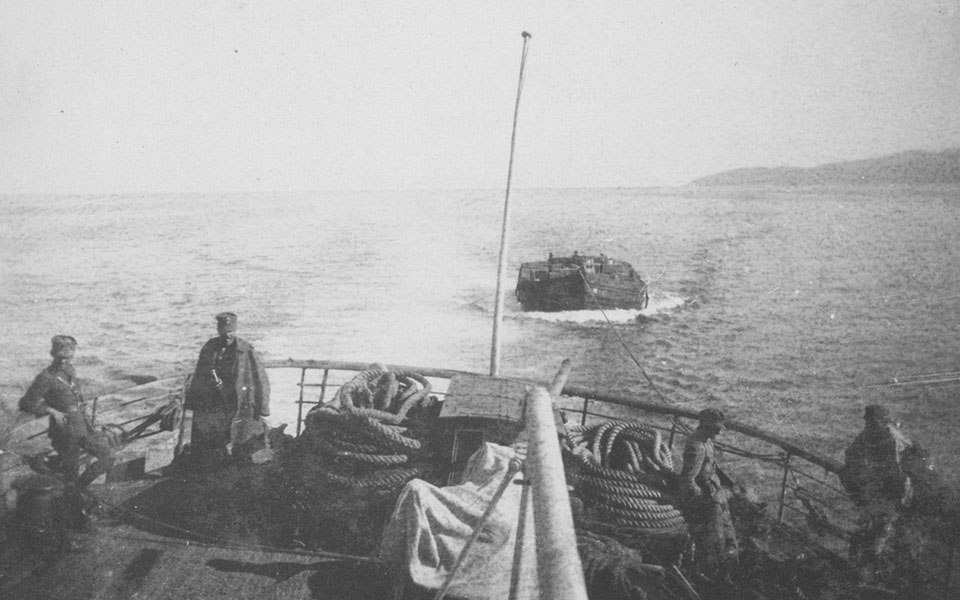
Kassianou says that he probably put these albums together at the end of the war, in 1923, when he was living in Komotini, northern Greece. Read by someone who knows the history of the war, they form a basic but fascinating narrative, from the triumph of the Greeks in 1919 to the push of 1920, and from the gathering clouds of 1921 to the final defeat of 1922.
“Asia Minor Campaign 1919-1922: A Photographic Journey” is a very well-put-together publication that in addition to Kassianou’s introduction also includes a biography on the photographer and a brief history of the war.
What we learn here has an element of tragedy: Dimosthenis Kyrmizakis survived the Battle of the Sangarios and the 1922 defeat only to die in the first Italian air raid on Hania in Crete on November 1, 1940.
He was just 48 years old when he died, but has left us with a priceless historical testimonial.
This article was first published by ekathimerini.com

